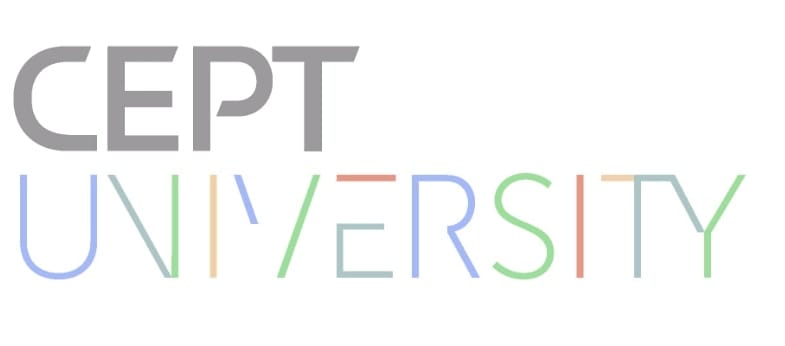Ahmedabad, Oct 14, The Center for Applied Geomatics (CAG), CRDF along with Survey of India (SOI) and National Remote Sensing Centre (NRSC) inaugurated its two-day symposium on ‘Empowering National Development: Leveraging Earth Observation Intelligence’ at the CEPT University campus, today.
According to a press release issued by CEPT University here today, The event highlights the transformative potential of Earth Observation (EO) technologies in shaping India’s national development goals and driving impactful but data-driven decision-making across sectors.
The symposium has been organised with the objective of providing a platform to stakeholders to raise awareness about potential applications of EO, deliberate and share insights and arrive at innovative solutions that can help in leveraging the power of geospatial data. It also aims at facilitating discussing policy frameworks, regulations and governance structures and foster knowledge exchange and sharing of best practices in EO data acquisition, processing, analysis, and utilization.
Space-based imagery is increasingly functioning as an enabler of commercial applications and public services and supporting service delivery in almost all sectors of the global economy. Earth Observation intelligence, particularly when applied to areas such as agriculture, urban planning, disaster management, and climate change, is a critical tool for government agencies, industry experts, and academic researchers.
Hitesh Kumar S. Makwana, Surveyor General of India, Survey of India, said, “Accessing maps has become much easier with the rise of Earth Observation (EO) data. This shift enhances our ability to manage land records and infrastructure implementation effectively. The government’s ambitious CORS (Continuously Operating Reference Stations) deployment will improve data accuracy, vital for national development and disaster management. Events, like the subsidence in Joshimath, underscore the importance of real-time data”.
Dr. Prakash Chouhan, Director, National Remote Sensing Centre (NRSC), emphasized the importance of leveraging Earth Observation (EO) data for socioeconomic development. “The Department of Space has made available the satellite data with a resolution above 5 meters freely available to the public, as part of the National Space Policy 2023. This initiative includes various datasets like LISS 4, LISS 3, and Oceansat at Bhoonidhi. We’re seeing exciting applications emerging, particularly in digital agriculture and land records, and the next decade promises to harness EO’s potential for climate and disaster management”.
Mr Rajendra Ratnoo, Executive Director, National Institute of Disaster Management (NIDM), said, “Geospatial technology, combined with big data and machine learning, is transforming disaster management by enabling more precise planning, response, and risk assessment. Credible EO data provides critical insights for last-mile connectivity, urban flooding, and disaster response. We are looking forward to collaborate in creating knowledge verticals that will bridge policy, research, and action on disaster management and climate adaptation.”
Mr Nilesh Desai, Director, Space Applications Centre (SAC), ISRO said, “On National Space Day, celebrated on October 14th, we recognize the advancements in Earth Observation (EO) for national development, particularly in light of the Chandrayaan-3 mission. It’s fitting to hold this conference on such an important day. The integration of AI and machine learning is transforming EO and space technology, enhancing product generation and analysis. As we innovate—from different sensors to improved resolution—we must be mindful of how we train AI. This year’s Nobel Prize acknowledges significant contributions in AI, akin to the legacy of Oppenheimer. At SAC, ISRO, we’re advancing technologies like LiDAR, hyperspectral imaging, and radar, moving from analysis-ready to AI-ready data.”
The two-day event includes one-on-one Q&A sessions with the policy makers and panel discussions allowing participants to explore the latest EO tools and technologies. Attendees gain insights into real-world applications of EO intelligence in areas such as disaster response, land use management, and environmental sustainability.

